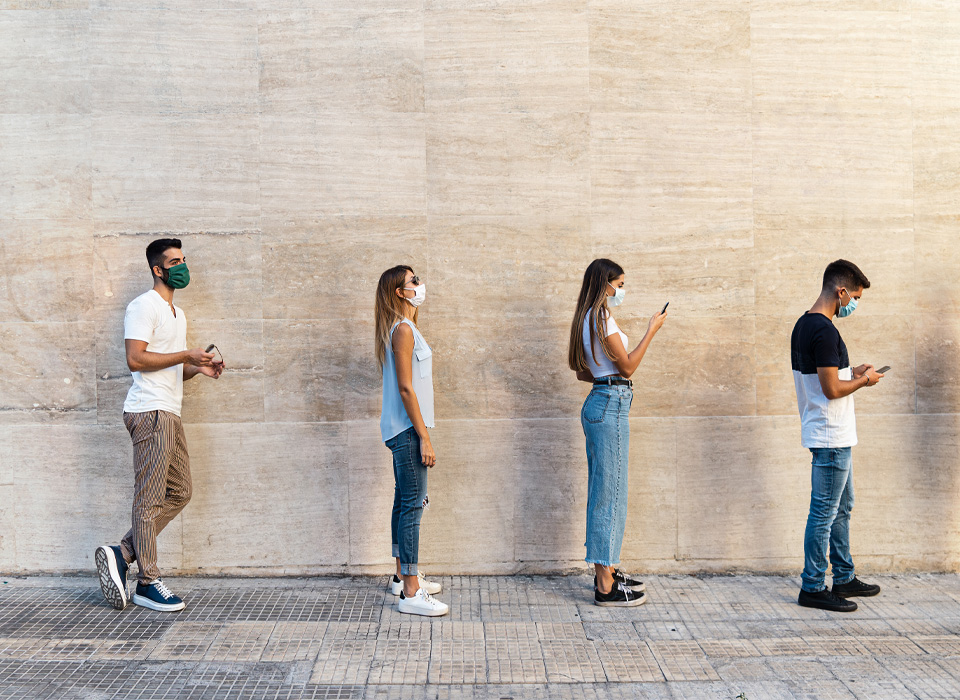The COVID-19 pandemic has certainly turned our lives upside down. But why are elective surgeries cancelled?
The Current Situation
Right now, the most important thing any of us can do for ourselves, our families, and our fellow human beings is flatten the curve by social distancing. Staying home and if you can’t stay home, staying apart, will be the most important thing most of us can contribute to getting past this catastrophe.
As physicians, we have decisions we can and have to make to affect the outcome of this pandemic. I think of these as three levers that I can pull to help improve everyone’s outcome from COVID-19
- Save personal protective equipment (PPE) for those who need it more. Currently our normal supply chain is not consistent, and we don’t want to take masks and gowns from those taking care of our loved ones in the ERs and ICUs.
- Save physician resources for those who need it more. It takes a big team to pull off an orthopedic surgery. Some of those team members can and are being used to take care of COVID patients and we don’t want to stretch them thin.
- Limit exposure of healthy patients to sick patients. Most orthopedic patients are “broken” but not sick and most of our surgeries are done in hospitals or surgery centers with other specialties. Exposing you as an orthopedic patient to potential COVID infections and then sending you home to your families put you and your family at risk. Our goal is always to first do no harm.
Hopefully, you have a better understanding as to WHY your surgery was postponed.
So, what can you be doing now until your surgery is rescheduled?
Tips
Tip 1: Use assistive devices
Most orthopedic pain is mechanical. To use the oldest doctor joke in the book: If it hurts when you do it, stop doing it. Most of our folks are tough and try to push through their pain but given that we don’t have an endpoint for getting back to our elective schedule, I would recommend simply trying to slow down or not use the part that hurts so much. For lower extremity issues, a cane, crutches or walker are very effective. By adding more “legs” to your body, you divvy up the load each leg carries which will help. For upper extremity issues, a sling can help but you need to be careful to come out of it several times a day to move the joints, so they don’t become stiff.
Tip 2: Apply ice
Ice is probably the most important and most underutilized pain management technique. If the pain isn’t mechanical, it is likely inflammatory. Ice is a fantastic anti-inflammatory and it has very little risk. Applying ice wrapped in a towel, a bag of frozen vegetables wrapped in a towel or a cold delivery device like polar care for 20 minutes on and 20 minutes off will help significantly with your pain.
Tip 3: Take non-narcotic pain-relieving drugs
Speaking of Inflammation, non-steroidal anti-inflammatory drugs (NSAIDs) like Ibuprofen or Naproxen can be purchased over the counter and your doctor can prescribe stronger doses in the same family of drugs. These drugs are helpful for orthopedic-type pain but also have the advantage of being non-narcotic, non-addictive and non-sedative. Unfortunately, they can also affect your stomach and kidneys so need to be taken with your doctors’ guidance. Alternatively, for those who are unable to take non-steroidals, Tylenol is very effective based on clinical studies.
Tip 4: Apply topical pain relief
There are a lot of rubs and cremes on the market like Ben Gay or aspercreme. I think all of these are aids to pain control. It is a little unclear how they work but most likely by confusing the superficial sensory nerves in an area of pain, the product breaks the pain feedback loop to the brain from the deeper nerves. There is no real downside to the topicals except for the temporary sensation changes.
Tip 5: Apply Heat
While ice is the best pain reliever, some patients get muscle pain from trying to protect their joints. In this case a heating pad for brief periods of time can help. It is important not to trap the heating pad between your skin and the bed or couch and burn yourself.
I hope you find these tips helpful. I can’t emphasize enough: please stay in contact with your orthopedic care team during this time. If you’re an OrthoVirginia patient, a great tool for you to stay in contact is MyChart which makes it easy to email with your care team.
Dr. Caprise hosted a Facebook Live on this subject on the OrthoVirginia Facebook page, facebook.com/orthovirginia. The video is still available on the Facebook page or can be watched here.
